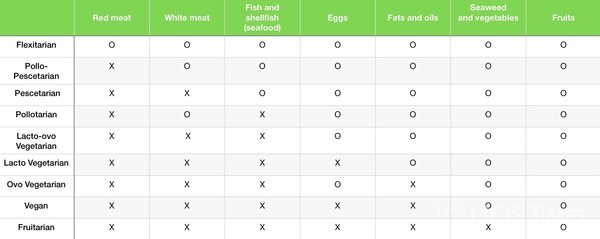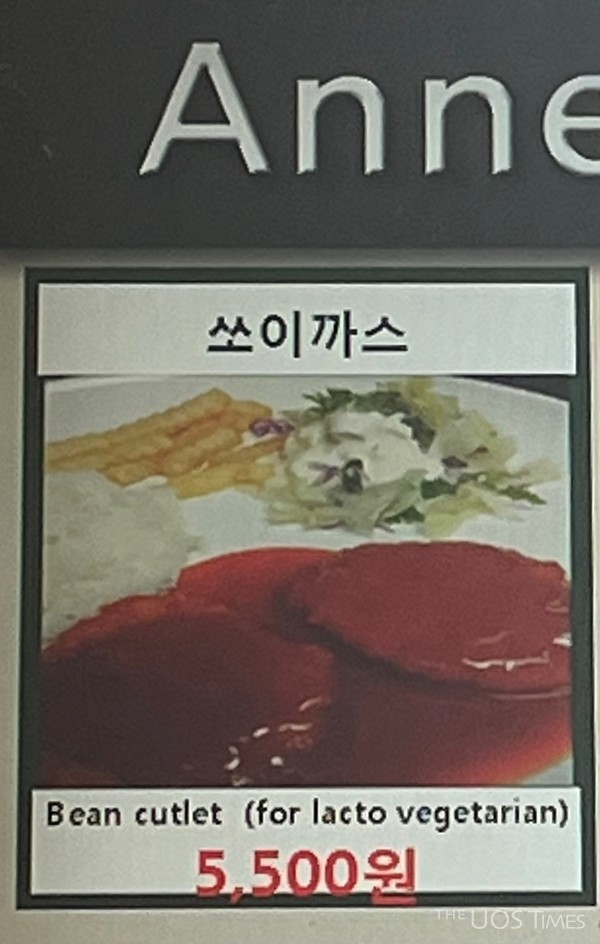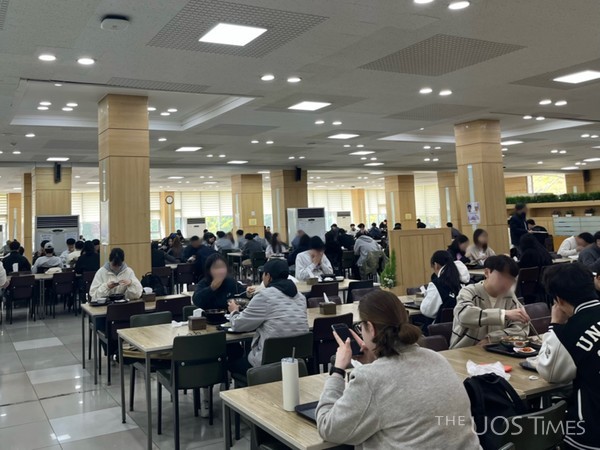“I was vegan for a really long time, but I stopped being vegan when I went to Romania to shoot ‘Wednesday’ because the food is very different there. So I'm currently a pescatarian.”
This is what Jenna Ortega, the actress who played “Wednesday Addams” in the Netflix drama “Wednesday,” had to say to a question asking whether she was vegan. There are two noticeable points in this response. First, the unfamiliar word “pescatarian” and second, how difficult it is to live as a vegan. Currently, vegetarianism is attracting widespread attention across the world. People eat vegetarian meals for various reasons such as environment, animal rights, health, and religion. Moreover, vegetarianism has now become a way of expressing one's beliefs, not just a matter of taste. According to a survey conducted by Ewha Woman’s University, 71 percent of vegetarians said they chose this diet for health and animal protection. Most vegetarians are wary of chemicals used in the production of meat or choose vegetarian food because they are opposed to the unethical slaughter of livestock. Environmental problems, such as methane gas emission and the waste generated during the process of raising livestock, are also major reasons for people to go vegan.

The vegetarian population in the world is about 180 million, and according to the Korean Vegan Union, the number of vegetarians in Korea has reached 2.5 million. However, the concept of vegetarianism and its features are still not familiar to the general public. Vegetarianism is easily misunderstood as eating only vegetables, although there are many kinds of vegetarians. Pescatarians (pesco vegetarian), those who can eat fish or dairy products while refraining from consuming red meat and poultry are one of them. People also pursue well-being by choosing the optimal diet for their health conditions. However, it is relatively difficult for vegetarians in Korea to maintain their diet unless they have enough time and place to cook or have vegan restaurants in their neighborhood. Moreover, these challenges are serious enough to interfere with daily life, and students of the University of Seoul (UOS) are also facing this problem.
“Nothing is Vegan”
There are four cafeterias on the UOS campus, but only one vegan menu, the bean cutlet at Annekan, a cafeteria on the 2nd floor of Student Hall. Since it is the one and only vegan menu, vegetarian students in UOS usually have an extremely limited option for their meals.

The UOS Times interviewed a French student, Iris Henriet (Dept. of English Language and Literature, ‘22), who has been a vegan for six years. She came to Korea in 2022 and is currently taking second semester at UOS. She decided to adopt a vegan lifestyle along with her mother. “I love all kinds of animals, so why slaughter them?” she said. Regarding the vegan menu in UOS, the bean cutlet, she has had it “twice or so,” and has two main complaints; it is not a “vegan,” and is smaller in portion. Of course, the cutlet is vegan but the side menu that comes with it—the dressing of the side salad—contains milk, and the salad is always served with the dressing. In front of Annekan, there is a menu board that says “Bean cutlet (for lacto-vegetarian),” along with a picture. This means that a strict vegan like Iris cannot eat in any of the cafeterias in UOS. Moreover, she claimed that she was still a bit hungry after having the bean cutlet. She said that she can have the bean cutlet maybe once a week, but not every single day, every single meal. The other choice a vegan can make on the UOS campus is going to Subway located on the first floor of Mirae Hall. “I sometimes go to Subway, because there is a vegan menu “Veggie,” which is just vegetables inside the bread,” she said.
Her choice for meals is extremely limited because of the fewer options in restaurants on the UOS campus. The whole menu is vegan, not just for lacto-vegetarians but all stages of veganism, so “I can eat whatever I want without wondering what is inside of the food I have,” she added. However, eating out for every single meal can be challenging for students. Restaurants outside the campus have relatively high-priced menus compared to campus cafeterias. Iris said that she cooks her meal often, but that is also difficult for her because not all ingredients in Korea are the same in France. For the question “On a scale of 1 to 10, how difficult is it to live as a vegan in UOS?,” she replied “Eight. Nothing is vegan in Korea, especially in UOS.”
“We Are Short of Workers”

To better understand why there is only a single vegan menu, The UOS Times interviewed a staff member of the campus cafeteria. She mentioned that the main reason for the lack of vegetarian options is that there are not enough staff members, and all four cafeterias are extremely busy during the semester. Considering that many students and faculty members have meals in cafeterias, staff members always have to come up with menus for as many people as possible. Moreover, according to her, there have been no direct requests for more vegan menus. As far as she knew, there was not enough demand for vegan menus, nor enough staff members to operate a whole new menu system.
The Path UOS Has to Pursue
Apparently, there are different perspectives towards vegan menus in UOS. It is true that it would be difficult for campus cafeterias to come up with new menus to satisfy everyone’s needs. However, vegan students are having trouble with choosing menus on the campus. Iris also mentioned about a vegan students’ group chat room. In the group chat, they share locations of vegan restaurants near UOS, vegan menus that can be found on the UOS campus, etc.
In the case of other universities, various vegan menus are offered for students. Seoul National University has been offering a fully vegan buffet in a campus cafeteria since 2010. It was temporarily for lacto-ovo vegetarians in 2018, but now it covers all types of vegans. In addition, Chung-Ang University has been providing a vegan diet since 2021, four times a month. Moreover, vegan ramen and hamburgers made of alternative meat are available at all times in a campus cafeteria. As a matter of fact, there once was a “Vegetarian Diet Day” at a UOS cafeteria in Natural Science Building, but not anymore.
Despite the shortage of manpower, there clearly is the demand of the students for more vegan options, which should motivate UOS cafeterias to become more diverse and inclusive. There should be at lease more than one vegan menu at each of the four cafeterias. For the sake of diversity and receptivity, now is the time for UOS to take students' different food preferences into serious consideration.
This article is written by Kim Da-eun (daeunkim749@uos.ac.kr) and Bae Eun-chae (bech0808@naver.com)

